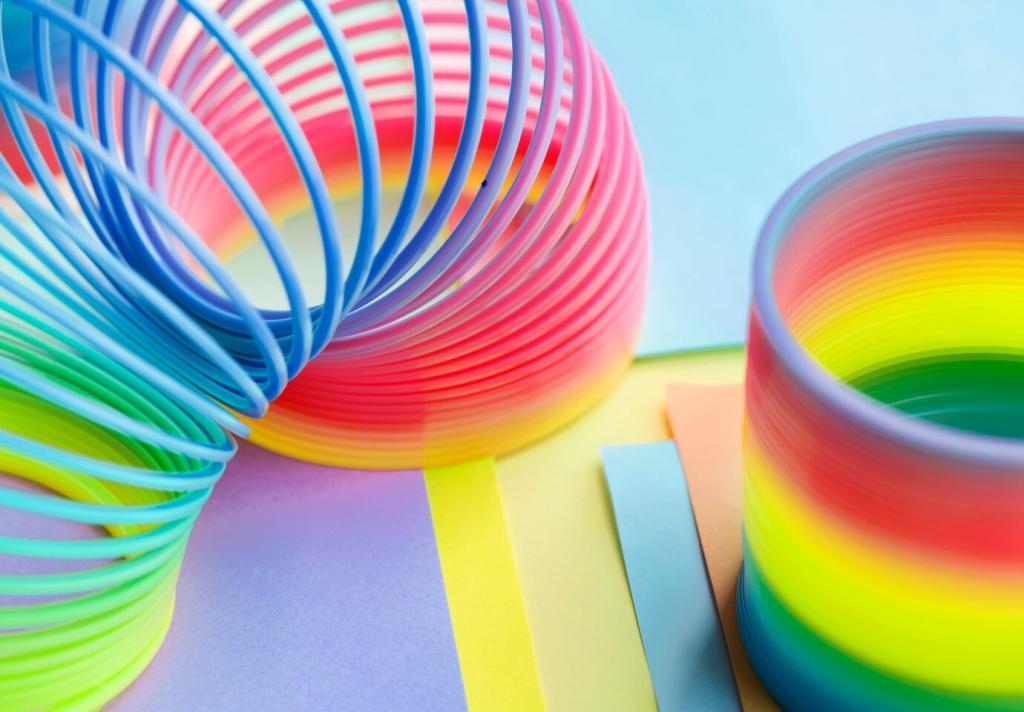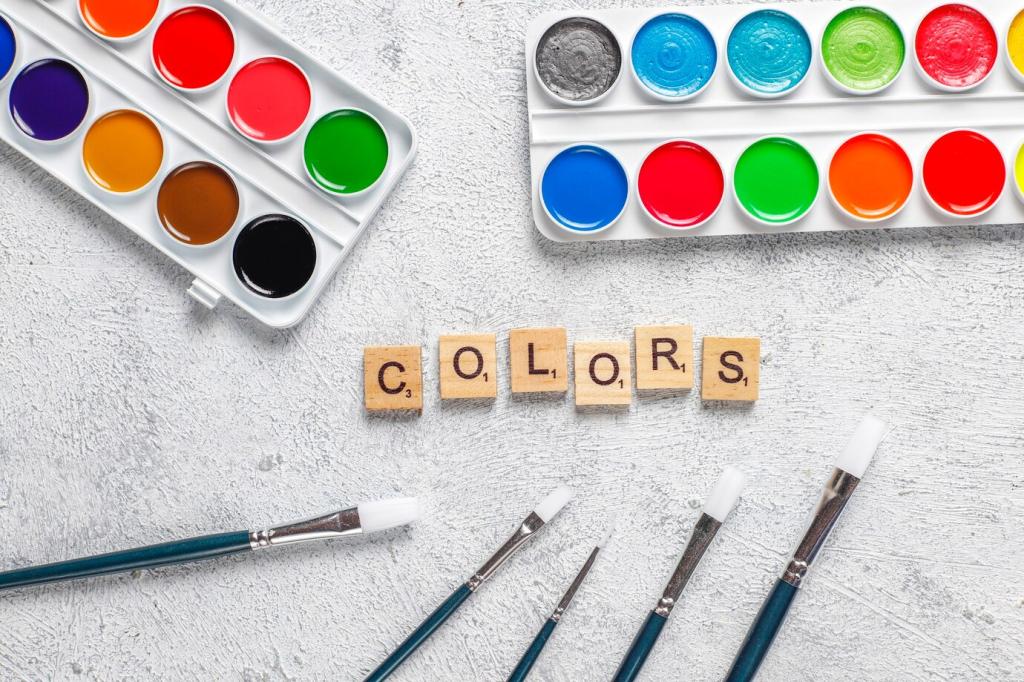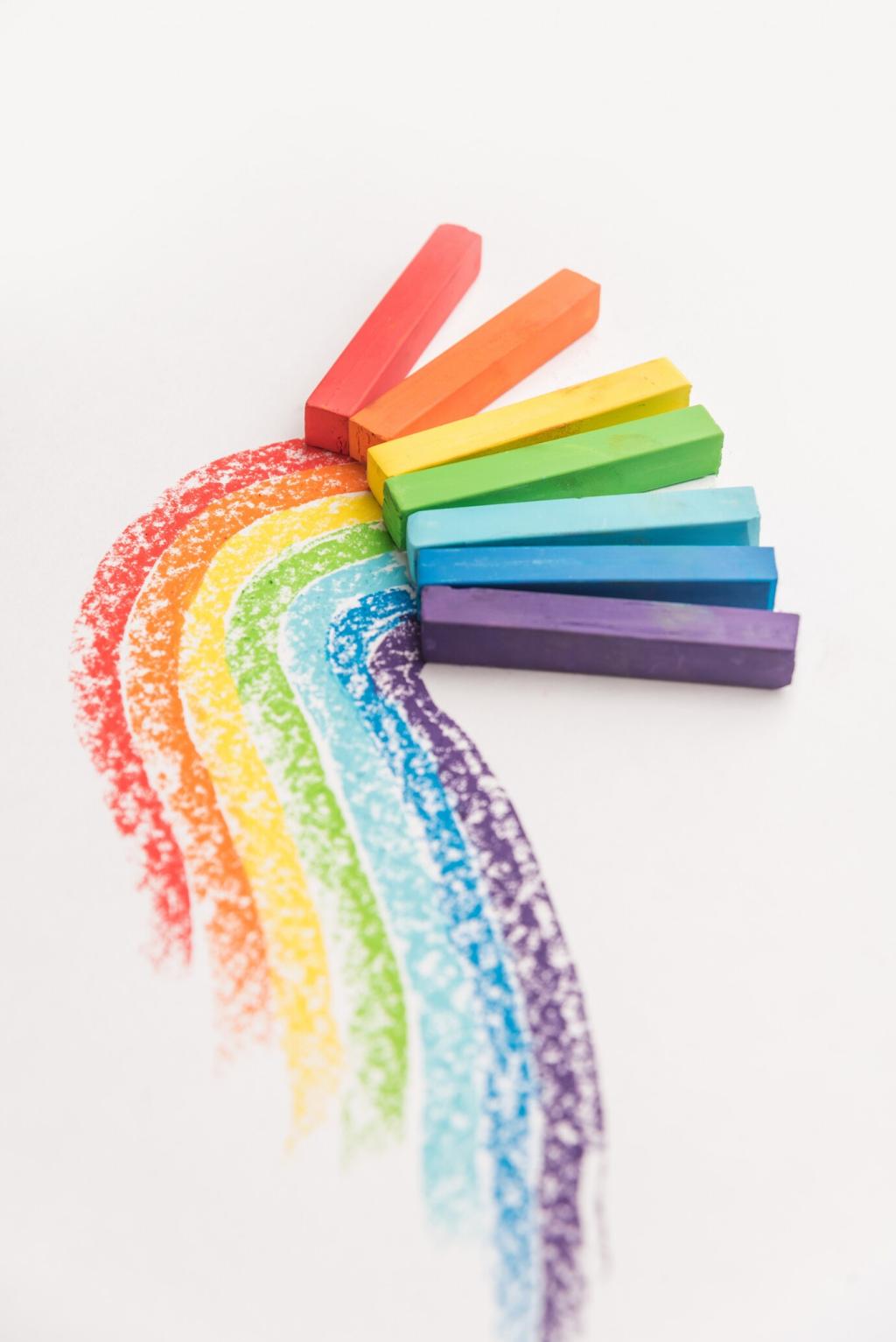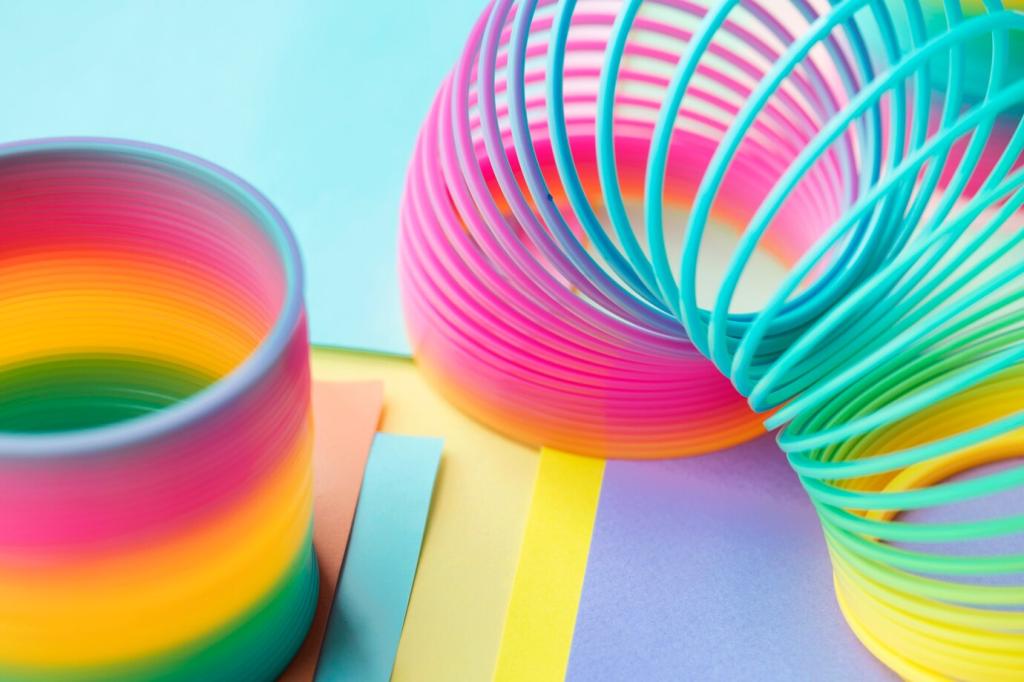Attention and Salience: Why Some Colors ‘Pop’
A lone red dot among gray ones is found rapidly because color can drive pre-attentive selection. Add conflicting features, however, and your search slows, revealing how cognitive load modulates color differentiation performance.
Attention and Salience: Why Some Colors ‘Pop’
Reading the word BLUE printed in red ink demands inhibition. The Stroop effect shows automatic word processing battling color naming, highlighting how attention and control shape the speed of differentiating and labeling perceived colors.






